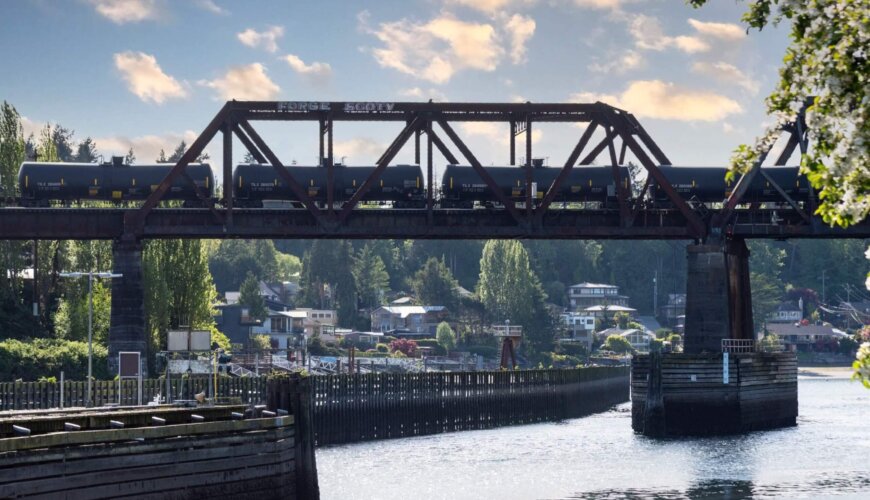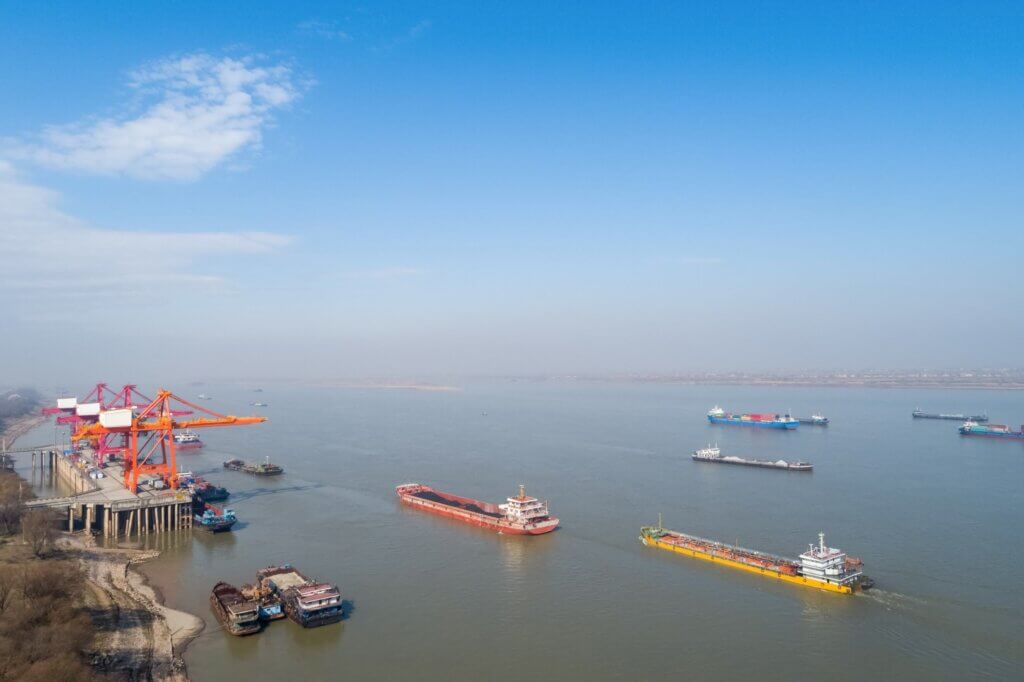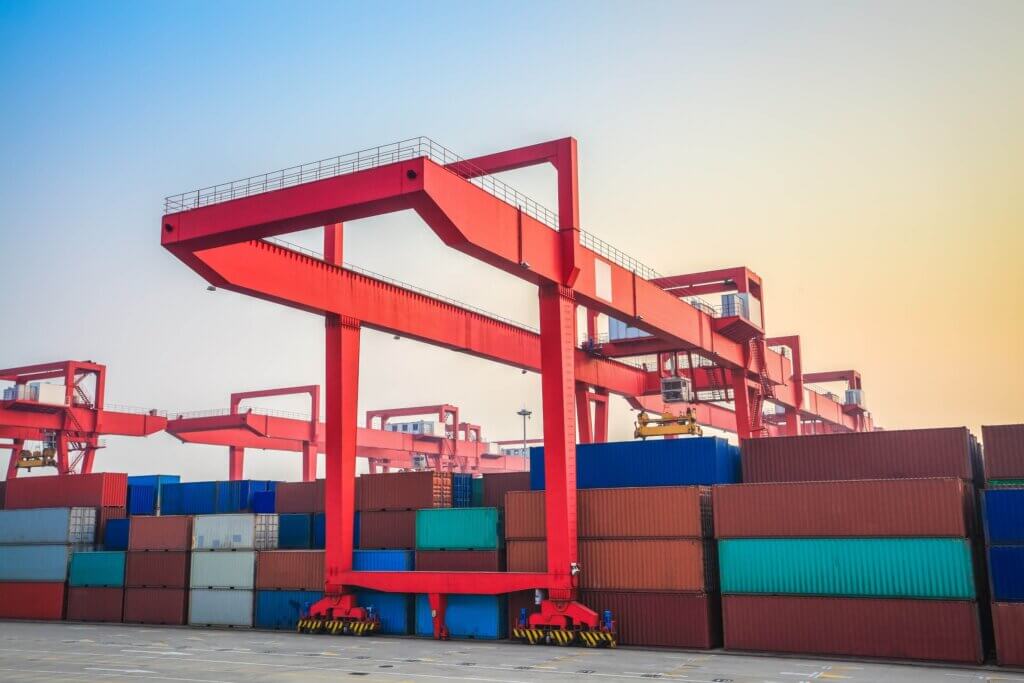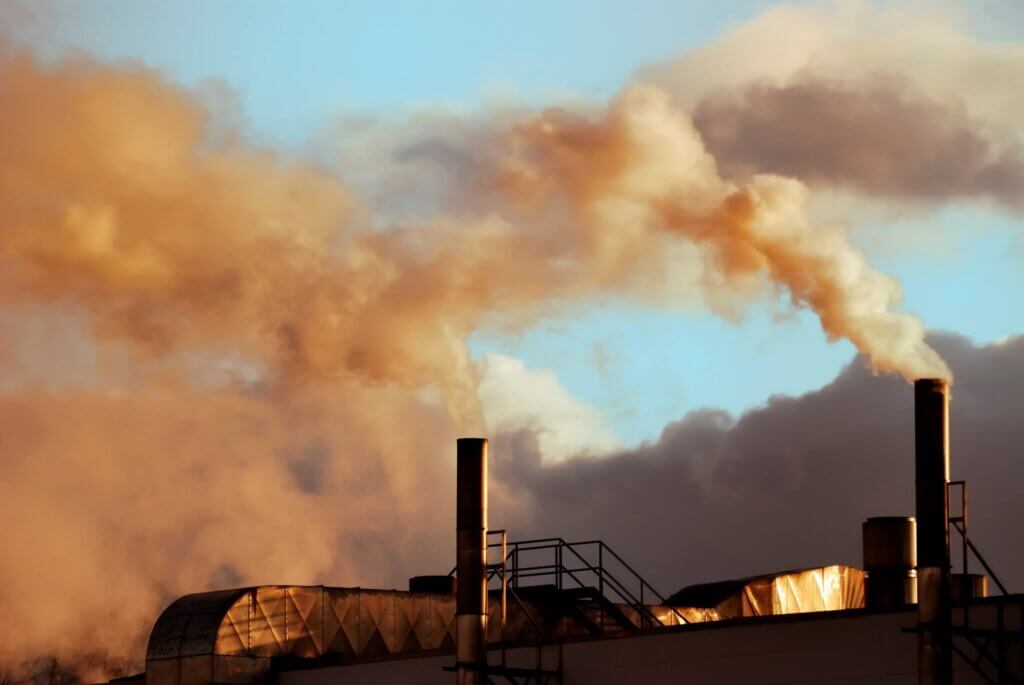
Rail and waterway: understand how these modes can transform the transport sector
For the economy of Brazil to be increased, the action of the productive sectors, commerce and services is not enough. In addition to them, the transport logistics infrastructure segment is also essential, as they are responsible for moving the inputs produced. Among them, highways, railroads and waterways are the segments that stand out the most here in the country.
Although all these modes of transport make up the country's transport logistics infrastructure, there is a big difference in the use of each one, especially when compared to the great powers in the world.
In Brazil, for example, highways dominate the country's cargo transport scenario, with more than 200,000 km in length and representing basically 60% of all cargo handled. Meanwhile, rail and waterway are in the background in current models.
O railroad sector is made up of about 30 thousand km in length, representing a value close to 20% of all national transport. Meanwhile, the waterway modal has more than 40,000 km useful for use, and a large part, unfortunately, is not used. The waterway sector still represents about 16% of cargo transportation in the country.
As you can see, the road sector is more than enough in this regard and the other two modes, rail and waterway, are matched. This difference is due to a long process of preference for the road sector, essentially in the 60s, when the government sought to invest in the segment to attract automobile industries from other countries.
Since then, investment in highways has only grown, while others have suffered and still suffer from a lot of neglect and neglect in infrastructure.
Content Index
Railroad and waterway in Brazil

As we said, the composition of railroad and waterway in Brazil is widely used, even if it is not a reference for national transport logistics .
First, we will talk about the railroad sector, understanding its composition, where it operates and what national railroads are used for.
Railroads

Spread over 30,000 km in total extension, the railroad sector is divided into 10 completed and active railroad networks, in addition to two more under construction. Each of these networks is managed by different companies or by the federal government itself. Know the names:
- West East Integration railroad (FIOL)
- Tereza Cristina Railroad (FTC)
- Transnordestina Logistics railroad (FTL)
- MRS;
- Rumo;
- Vale - Carajás Railroad
- Vale - Vitória a Minas Railroad;
- Paraná West Railroad (Ferroeste)
- Transnordestina Logística SA (TLSA)
- Government Projects
It is worth noting that Rumo is the most active company in the sector. In its railroad network, which occupies the South, Southeast, Midwest and North regions, it is divided into “branches”, which are: Malha Norte, Malha Sul, Malha Paulista, Malha Oeste and Malha Central. This division, when added together, represents more than 14 thousand km of the 30 thousand km of length of the entire Brazilian railroad network.
Each railroad built in Brazil aims to supply the municipalities in which they operate, but mainly national ports, which carry out exports.
In addition, each railroad network is responsible for transporting different inputs to these regions, such as agricultural, industrial and mining products. Currently, the most transported inputs are coming from coal mining, representing about 60%.
Waterways

The waterway sector, on the other hand, comprises, according to the National Transport Confederation (CNT), 8,000 km of coastline and more than 40,000 km of roads with the potential to be navigated.
The navigation and use of this mode of transport can be done in different environments, such as lakes, rivers and oceans, both for the transfer of people and goods within the country and also for export and integration with other nearby countries.
As in the railroad sector, the waterway is responsible for transporting a series of products from different production sectors. Currently, the main commodities transferred in national rivers and seas are, according to the CNT: general cargo (76.3%), solid bulk (13.7%), liquid bulk (5.3%) and roll-cargo on / roll-off (1.5%).
Cheaper and more efficient

Although highways dominate the cargo transport segment in the country, there is a lot of discussion about it, mainly on how to scale the transport matrix and why. Well, one of the answers is that railroads and waterways would bring important savings to the national infrastructure, for different reasons.
First, if we put railroads and highways in check, the rail sector is cheaper. Freights are more affordable and fuel costs are lower, journeys are faster, trains allow for a load equivalent to more than 100 trucks, among other important reasons.
The price of fuel for trucks, for example, is another impacting factor. Each month, the amount of expenses with gasoline and alcohol increases and, for a truck to make a long journey, as usual, the cost is very high for the supply.
Thus, it is one more aspect that needs to be considered as to why it is important to scale the modes, using more and more railroads and waterways.
We compare highways with railroads, but it is worth noting that the cost of the waterway modal is even more affordable.
Fuel costs are also more affordable, freight is the same thing and even the calculation of transport during trips is advantageous for vessels. Just one barge can carry the equivalent of approximately 25 trucks.
Rail and waterway: Lower cost for the environment

Another important advantage for railroads and waterways in relation to highways, which is another important factor to understand why it is necessary to scale the modes of transport, is the reduction of damage to the environment.
As we know, the burning of fuels used in the road sector (gasoline and alcohol), which turns into CO2, is quite aggressive to the environment. If we think about the number of trucks that travel through the streets each day, the number is incalculable.
The emission of carbon dioxide in Brazil, coming from transport vehicles, is represented by 95% on highways and only 5% on railroads. In other words, the difference between the two modes, in relation to the emission of this polluting gas, is enormous.
Furthermore, waterways do not appear in this percentage as they are even cleaner and more peaceful vehicles for the environment. In this way, reducing this difference between sectors could make all the difference economically and also for the environment.
Possibility of intermodality
Finally, the last determining factor that we selected for the railroad and waterway to change the panorama of the Brazilian transport sector is the possibility of intermodality, that is, the use of railroads and waterways in a single logistics sector.
This intermodality is already happening with great effort when we talk about exports. Trains and trucks are in charge of taking the inputs to the national ports, which in turn are responsible for transporting the cargo to partner countries.
However, there is the possibility of using, increasingly, rail and waterways in a shorter trip between municipalities. This is important so that several municipalities, which are often not reached only with the railroads, can be supplied without relying exclusively on the highways.
Furthermore, the intermodality between these modes can be associated with networks designed to improve the efficiency, reach and speed of cargo transportation here in Brazil, bringing a series of economic and social benefits.
Conclusion: rail and waterway
We can conclude with the article that the implementation of new railroads and waterways, as well as the extensive investment in solutions in these two modes, can bring short and long-term benefits for the country, as they are cheaper segments, with less administrative costs, which they degrade the environment less and they increase the speed of cargo transport, essentially in relation to highways.
Searchs:
https://exame.com/economia/ferrovias-e-hidrovias-sao-pouco-exploradas-aponta-ibge/
https://www.agrolink.com.br/noticias/brasil-quer-mais-ferrovias-e-hidrovias_438153.html












